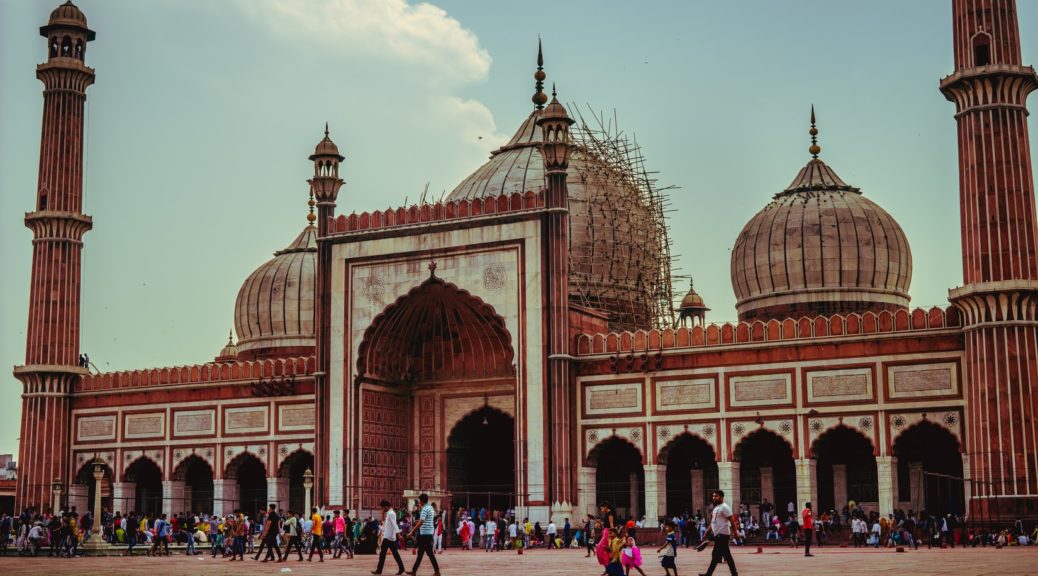By Gina Samec
“Ugh, I hate subtitles!”
Each time I encounter someone with this attitude, I’m disappointed because the scope of great film extends far beyond what is churned out of Hollywood. While the disliking of subtitles is understandable, I encourage anyone who has this sentiment to go outside their comfort zone and watch some foreign films. Watching a movie is an easy way to explore another culture. This is not to say that movies are representative of real life, but they are often a reflection of society. These movies are not for everyone but here are some recommendations of East Asian films I have enjoyed watching!
Memories of Murder
This Korean film from 2003 starts out as a murder mystery but the plot unfolds in an unconventional way. Apart from the main conflict of finding a loose serial killer, a side conflict between the protagonist, Park, and a volunteer detective, Seo, keeps the story interesting. However, one of the best aspects of this film is the cinematography. The thoughtfulness of how the movie was shot adds another layer of depth to it. So any fans of the crime genre or anyone who has an appreciation for brilliant cinematography should give this film a shot.
Secret Sunshine
This 2007 Korean film centers around a widow, Shin-ae, who moves back to the town where her husband lived. While this already sounds like a rough start, Shine-ae’s life dives into a downward spiral from there. What makes this film different from anything I’ve seen, is the exploration of religion. Most movies are too afraid to do so because it is a touchy subject but Secret Sunshine takes this risk. This film depicts the journey of a woman who is not religious in the slightest, encountering Christianity for the first time. I should put a disclaimer that there is some critique of religion so it is not for everyone. However, it is quite refreshing to see a female-led film showing someone trying to overcome a low point in their life without pretending to have all the answers.
Sweet Bean
This Japanese film from 2015 is much more sentimental and family friendly than the previous two. This film is about a symbolic family: the bond that is formed between three generations centered around a dorayaki pancake shop. These three people, an old woman, a middle aged man, and a young teenage girl are all somewhat outcasts from society. Together, they find purpose through their shared love of dorayaki. The film has breathtaking cinematography and brings out the beauty in the simple things. If you enjoy heartfelt movies then this is a good go-to.
A Touch of Sin
This Chinese film from 2013 follows four different characters each in a different storyline. On the surface, this film seems to be mostly about violence but there is much more going on than there appears to be. Each character is being oppressed by society in different forms and protest against it through different methods. What makes this film stand apart is the complexity of the characters. Usually protagonists are righteous and principled. However, these characters are a mixture of good and bad and often their actions are questionable. This film is full of symbolism so for me, it was fun to watch with friends because we all had different interpretations of certain scenes. If you enjoy action-packed movies and don’t mind violence, this is a riveting film that is surprisingly meaningful.
Featured image from Pxfuel
Gina is a sophomore studying Communication at the USC School of Annenberg. She attended five schools but mostly grew up in Piedmont, California. Although she only attended a French bilingual school for two years, she has continued to pursue fluency in the language. She loves playing volleyball, watching movies, and thrift shopping. Never having left the country has fueled her love for learning about other cultures and meeting people from different backgrounds.



